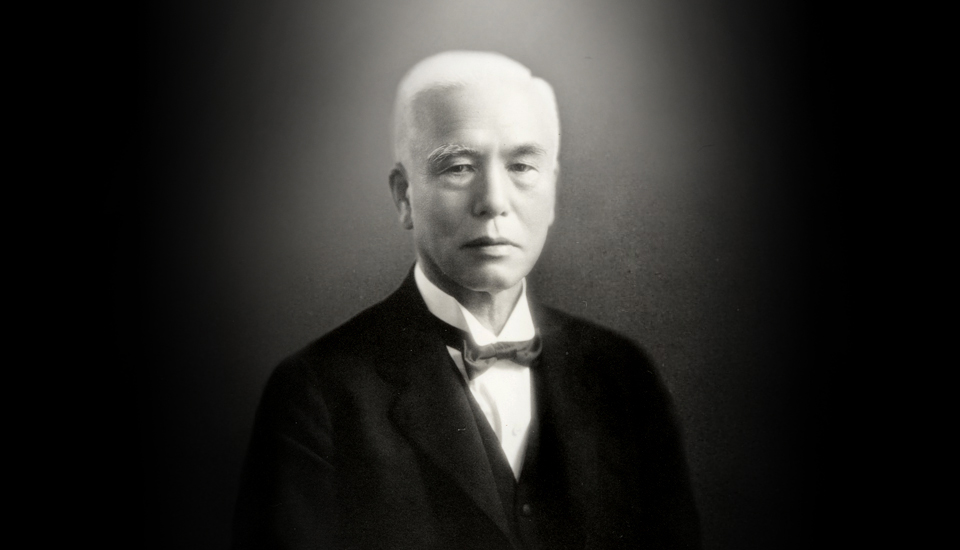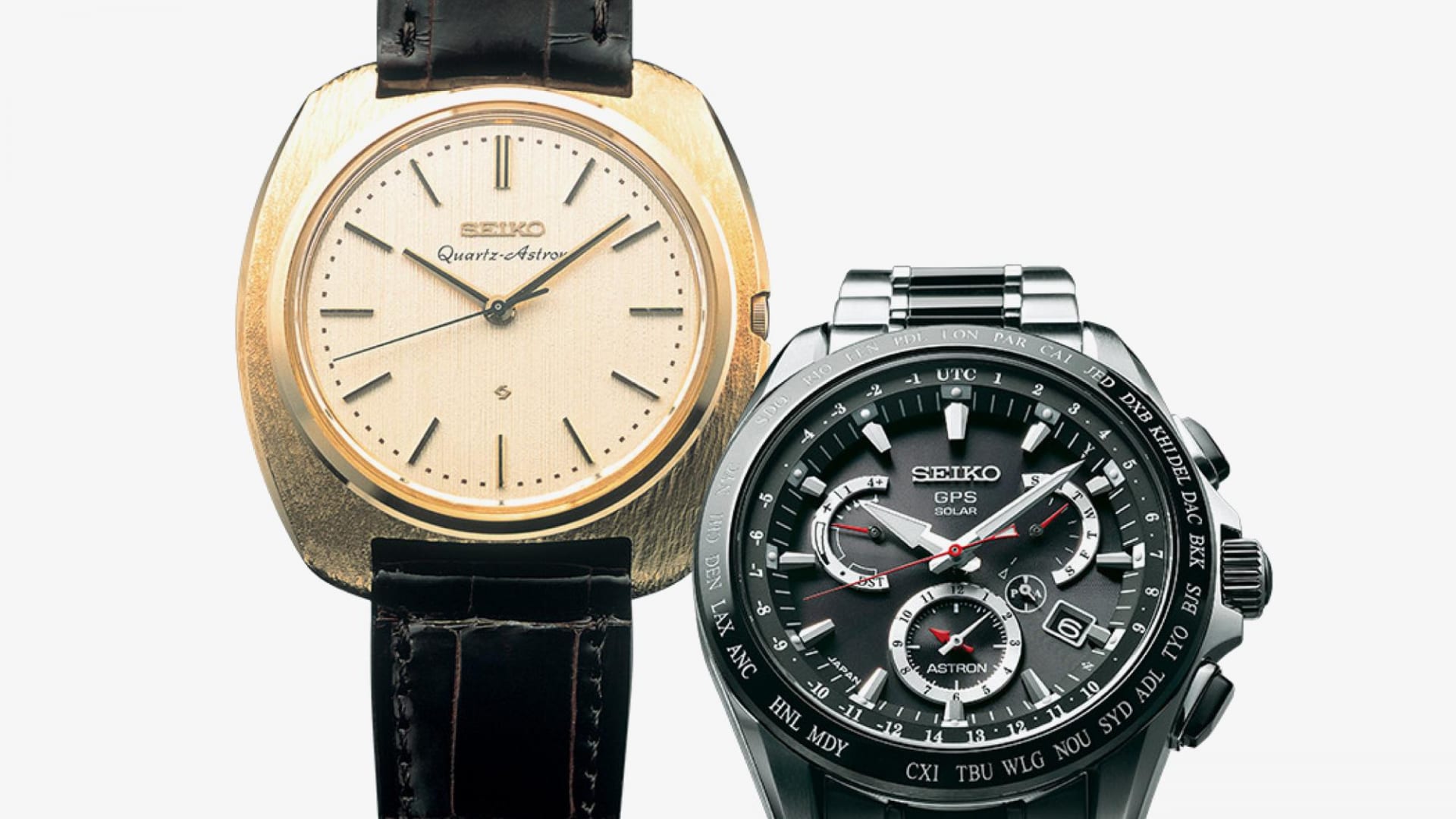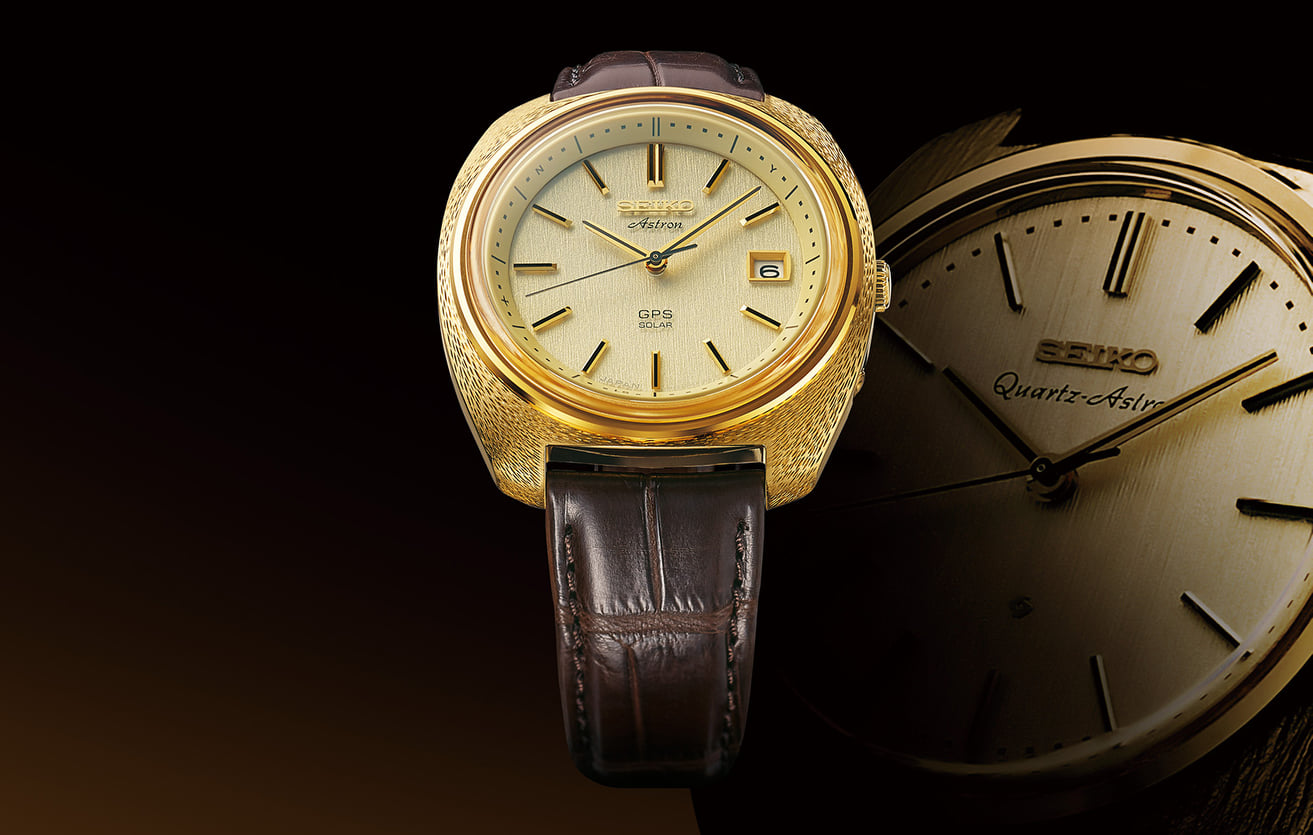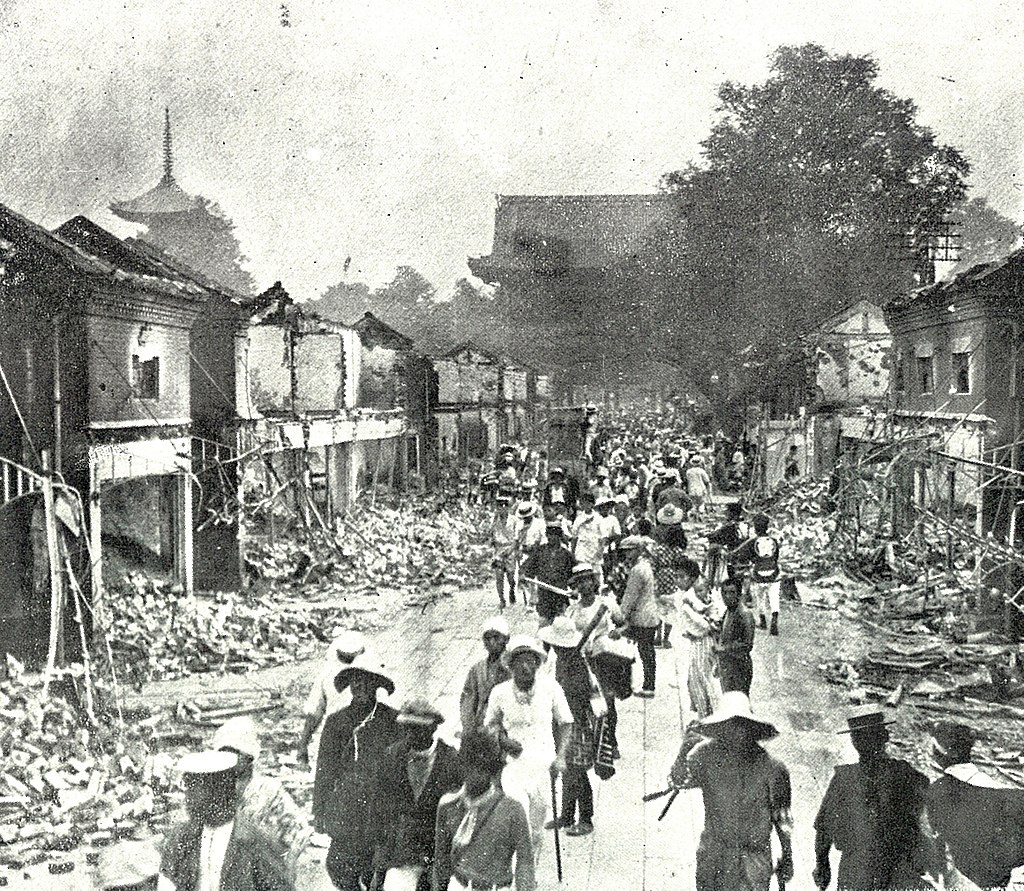Whenever I have decided to do an origin story that is Japan-related, I get very hyped up. Maybe it’s due to the fact that I’ve been to Japan enough to fall in love with it. Or maybe it’s because every Japanese brand that became an international sensation always has a legendary backstory to it? Who knows? However, Seiko is no ordinary Japanese brand, it is one of the few to lay the foundation for what became today’s booming industry, writes Ryan Yip, editor of Gentleman Pursuits, a Hong Kong-based blog about watches and whiskey.
Seiko’s founder is Kintaro Hattori, who began working at an early age of 11 at a sundries wholesale but life took a huge turn when he hit 13. Nearby where he used to work, there was a clock shop. Soon enough, he learned that the shop is making a huge profit by selling and fixing clocks. Who is not attracted by the idea of ‘making more money’?
Mr Hattori decided to quit selling sundries and took a job at the clock shop, learning all about clocks while earning a decent paycheck. In 1881, Mr Hattori decided to pursue the entrepreneur lifestyle and opened his own watch shop in central Tokyo, named K. Hattori.

As time went on, the shop became incredibly popular due to the rarity of products the shop was selling. The amount of support from his customers encouraged Mr Hattori to pursue the next step, which is to become a manufacturer. He bought out an abandoned factory in Tokyo and renamed it ‘Seikosha’ (精工舍).
Talent + Talent = ?
To be successful you must first equip yourself with quality tools, and what is a factory without them? Luckily, Mr Hattori has an eye for good machine sources. He bought out a few machines while he was touring Europe and every piece of Swiss machinery there was when the Japan Pocket Watch Manufacturing Co. went bankrupt. Perhaps the most important machine acquisition was when Mr Hattori contacted the most important tool maker in Switzerland, Henri Hauser SA, who was also the supplier for Omega and Longines.
Even though Mr. Kintaro went against all odds running this solo, a man can only do so much on his own. In order to achieve the impossible, he hired a talented engineer named Tsuruhiko Yoshikawa. Mr Yoshikawa brought great value to Seikosha as he and Mr Hattori started producing a line of wall clocks named ‘Seiko’s Bonbon clocks’. As the owner of the factory alongside an amazing engineer, it was only a matter of time when this power couple made a name for themselves.
The Asian Horology Giant
Seikosha was unfortunately destroyed during the Great Kanto earthquake. However, Mr Hattori was able to rescue one of the most important prototypes that would soon be turned into their first wristwatch.
Definitely not a pleasant event but legends do not quit when faced with adversity.
On the flip side, the earthquake allowed Mr Hattori to rebuild Seikosha into the brand Seiko despite the massive cost, leading to the production of their first-ever wristwatch from that rescued prototype, under the new company name, Seiko.
Unfortunately, Mr Hattori fell sick and passed away in 1934, leaving his son Genzo Hattori to take over his reign. This didn’t stop Seiko from building its legacy. In 1936, Seiko’s production rate was as high as 2 million. Even though WWII took a hit on company, they were able to get back on their feet quicker than anyone expected. In 1953, production was at 2.4 million, which is over half (53.2%) of Japan’s output.
Swiss quartz crisis

By the end of the 1950’s, Seiko’s watches are almost all over the world. Especially when Genzo Hattori’s son, Shoji Hattori was asked the question ‘is there a watch industry in Japan?’ while travelling Europe, Seiko decided to take a step further. In the 1964 Tokyo Olympic, Seiko was their official timekeeper and provided the event with over 1200 stopwatches.
The Olympic Games signified global recognition. Seiko’s reputation skyrocketed after the event, transforming it into a brand known around the world.
After this surge of fame from the Olympic game, Seiko shocked the world once again with the revolutionary Seiko Astron, the world’s first quartz watch. From that point on, Seiko has been innovating the world non-stop and was slowly becoming the bedrock of the watch industry.
What a company. From nothing to something, from dream almost crushed by the earthquake to becoming an international brand with a ‘world’s first’.



Wreak havoc. ❤️